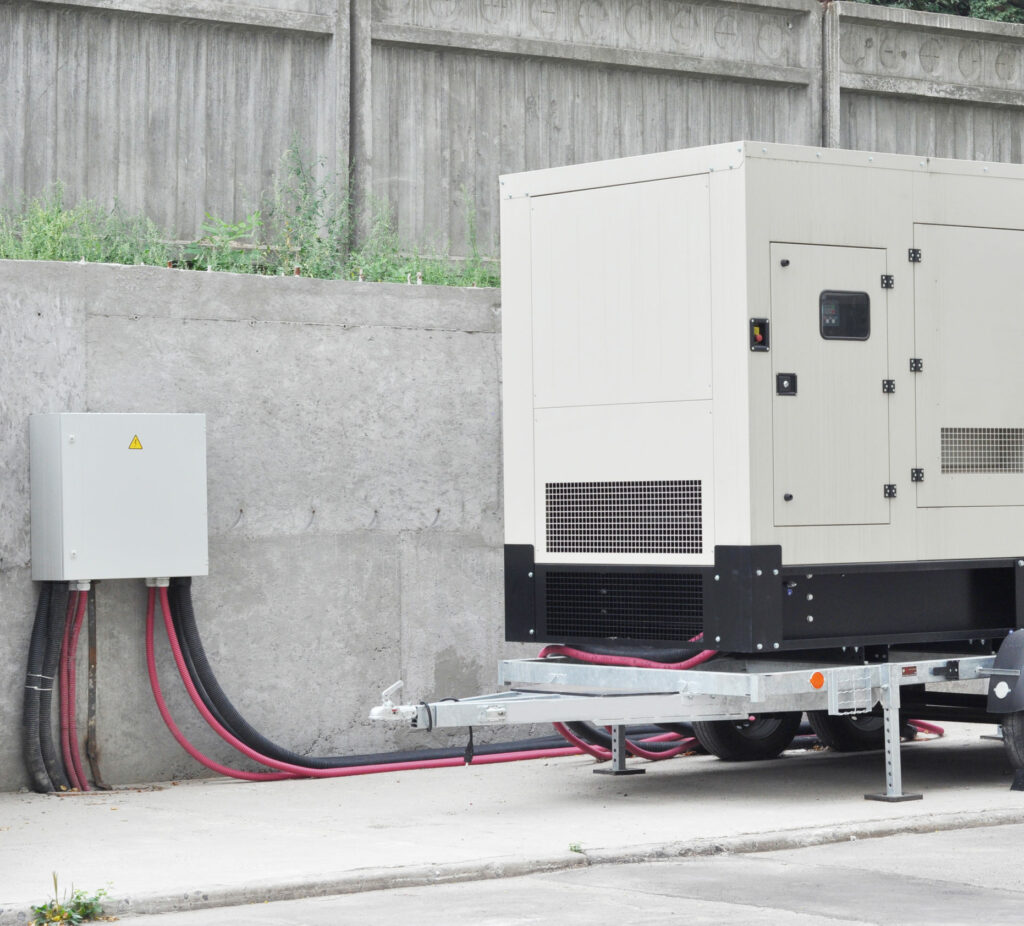What's the difference between transformer-based and transformerless UPS Systems?
When selecting a UPS system for your needs, it's critical to understand the differences between transformer-based and transformerless options. The following will help you make an informed decision.
Transformer-based UPS
A traditional transformer-based UPS transmits power to the output through a rectifier, an inverter, and a transformer. The transformer boosts AC voltage levels, shields UPS from load interruptions, and offers galvanic isolation. The most widely used technology for 100 kVA and above is the transformer-based UPS, the best choice for large kW sizes and redundancy.
Transformer-based UPS benefits and characteristics:
- Robust design: Generally, they are more robust because they have fewer points of failure.
- Galvanic isolation: The transformer provides galvanic isolation, separates the input and output power sources. This protects the load from power spikes, surges, and electrical interference.
- Power conditioning: These UPS units provide advanced power conditioning capabilities, filtering out voltage fluctuations, harmonic distortion, and other power quality issues. This ensures a clean and stable power supply for your connected devices.
- Size and weight: Remember that transformer-based UPS systems are generally larger and heavier than transformerless units due to the presence of an isolation transformer.
- Applications: Transformer-based UPS systems are often employed in applications that demand high fault tolerance and robust protection, such as industrial facilities, healthcare institutions, critical infrastructure, and large data centres.
Transformerless UPS
A transformerless UPS, also known as transformer-free UPS, functions like a transformer-based UPS, apart from one main difference. It does not require a step-up transformer after the inverter since it uses insulated-gate bipolar transistors (IGBTs) that can handle high voltages. Uninterruptible power sources without transformers increase energy efficiency.
Transformerless UPS benefits and characteristics:
- Efficiency: Transformerless UPS units have higher efficiency than transformer-based systems. Without a transformer, they experience fewer power losses and improved energy efficiency.
- Compact size: If space is a concern, transformerless UPS systems are better. They are compact and lightweight, making installation easier in limited spaces.
- Lower harmonic distortion: Transformerless UPS units produce lower harmonic distortion levels, making them ideal for protecting sensitive electronic devices from electrical disturbances.
- Reduced maintenance: Due to their simple design and absence of a mechanical transformer, transformerless UPS systems require less maintenance. They have fewer parts requiring repair or replacement over time.
- Applications: Transformerless UPS systems are commonly used in applications where space is limited, such as small offices, data centres, and telecommunications facilities.
Choosing between a transformer-based and transformerless UPS system depends on factors like equipment criticality, power quality requirements, load capacity, available space, and budget. By understanding the characteristics and benefits of each type, you can make an informed decision that meets your specific needs.

































